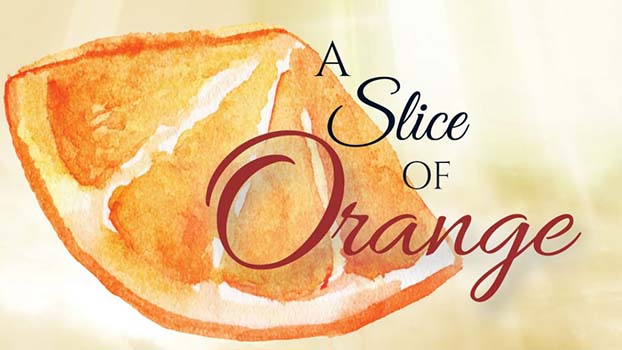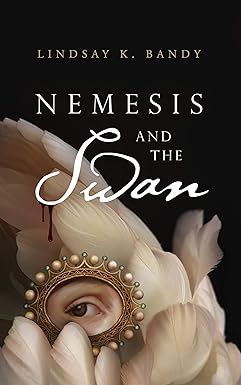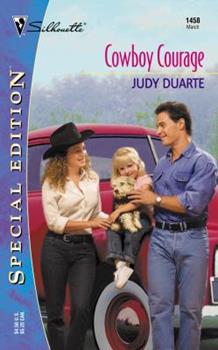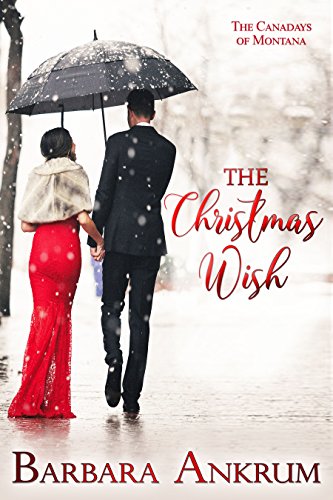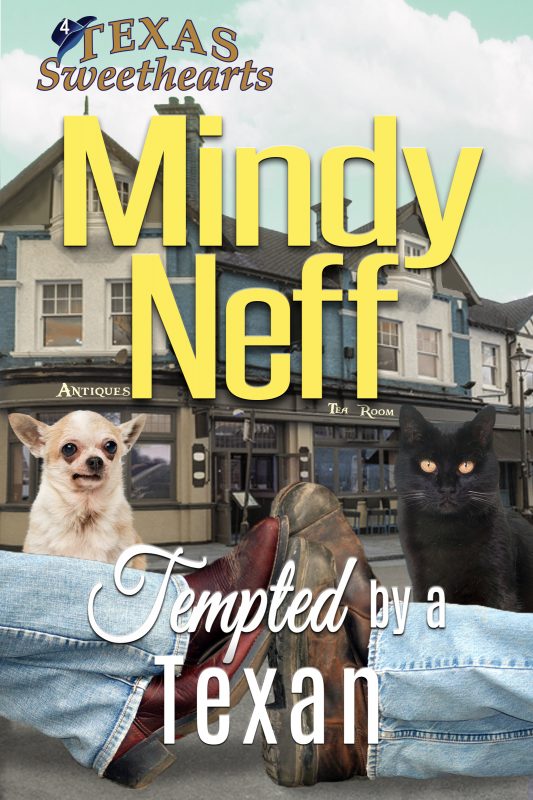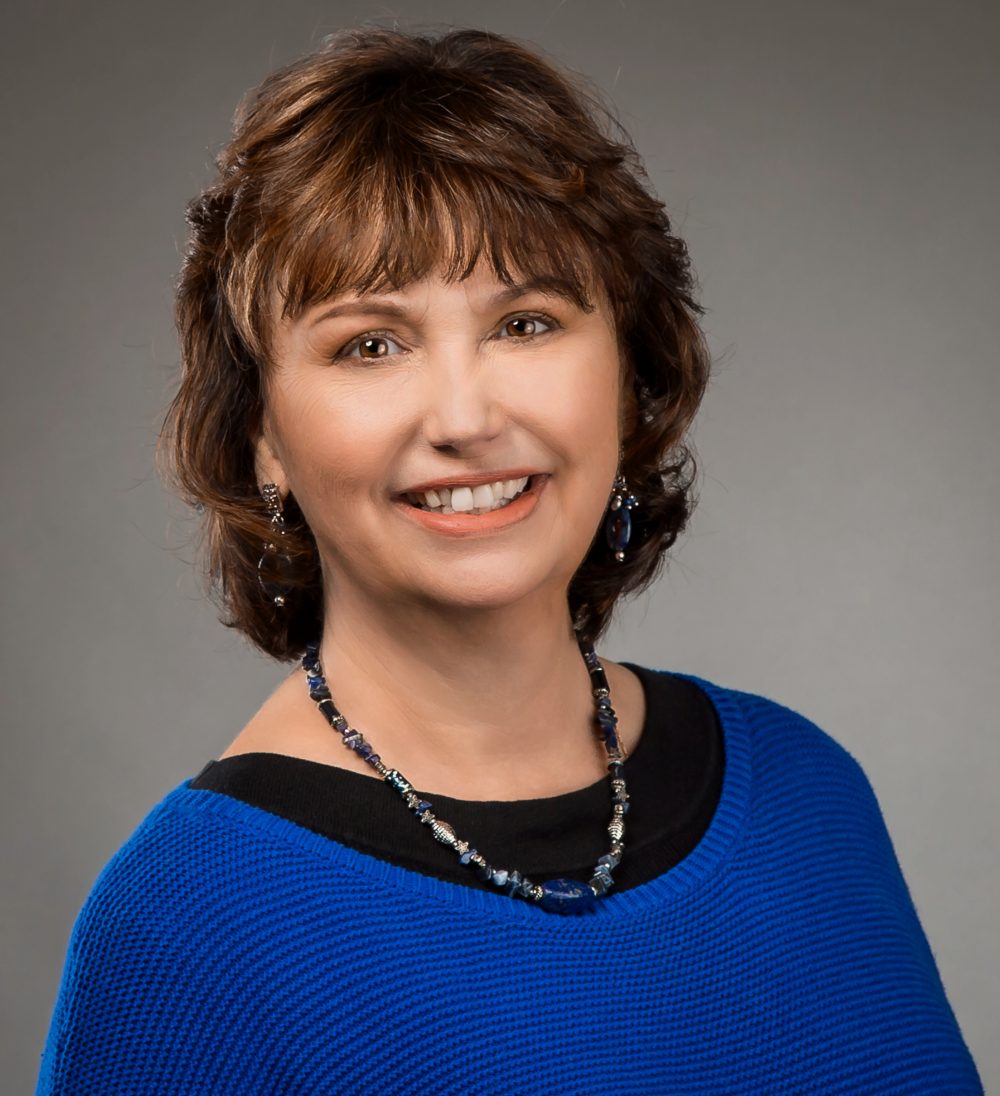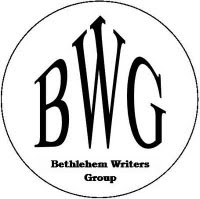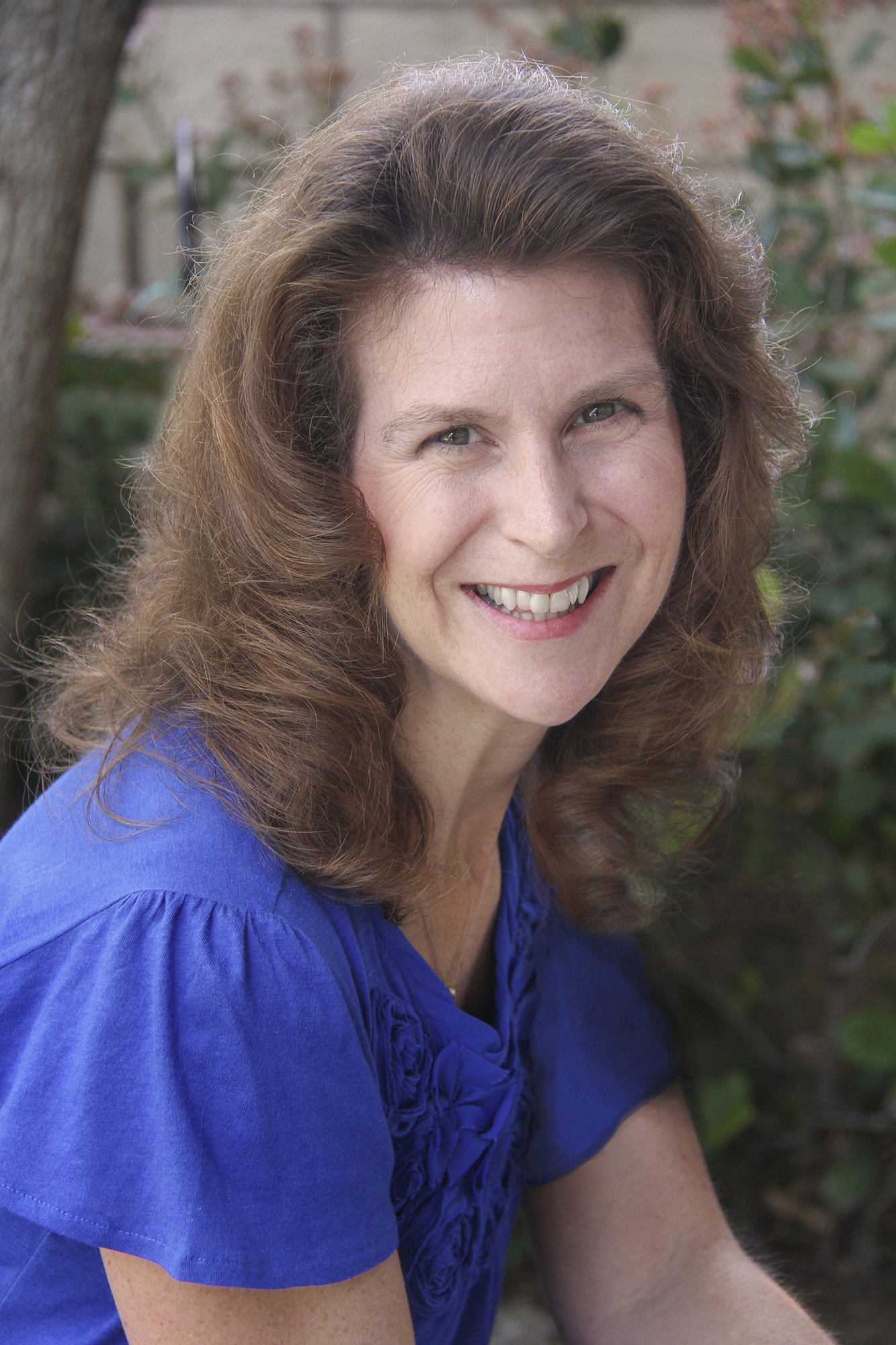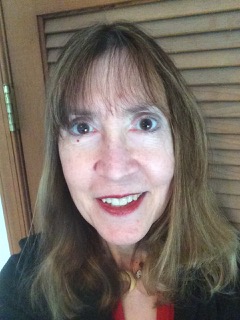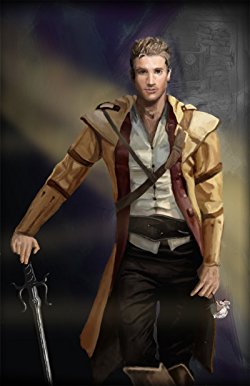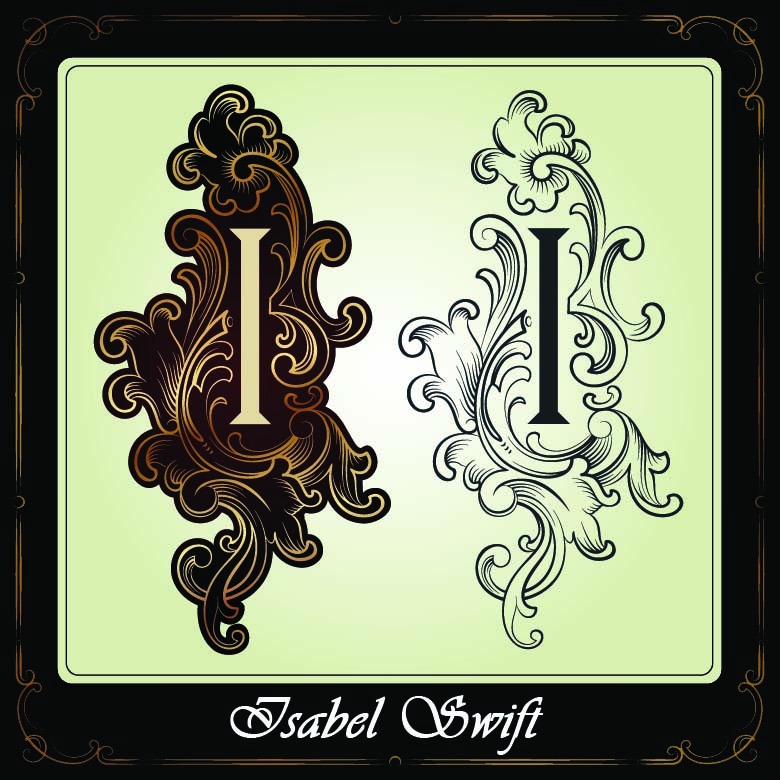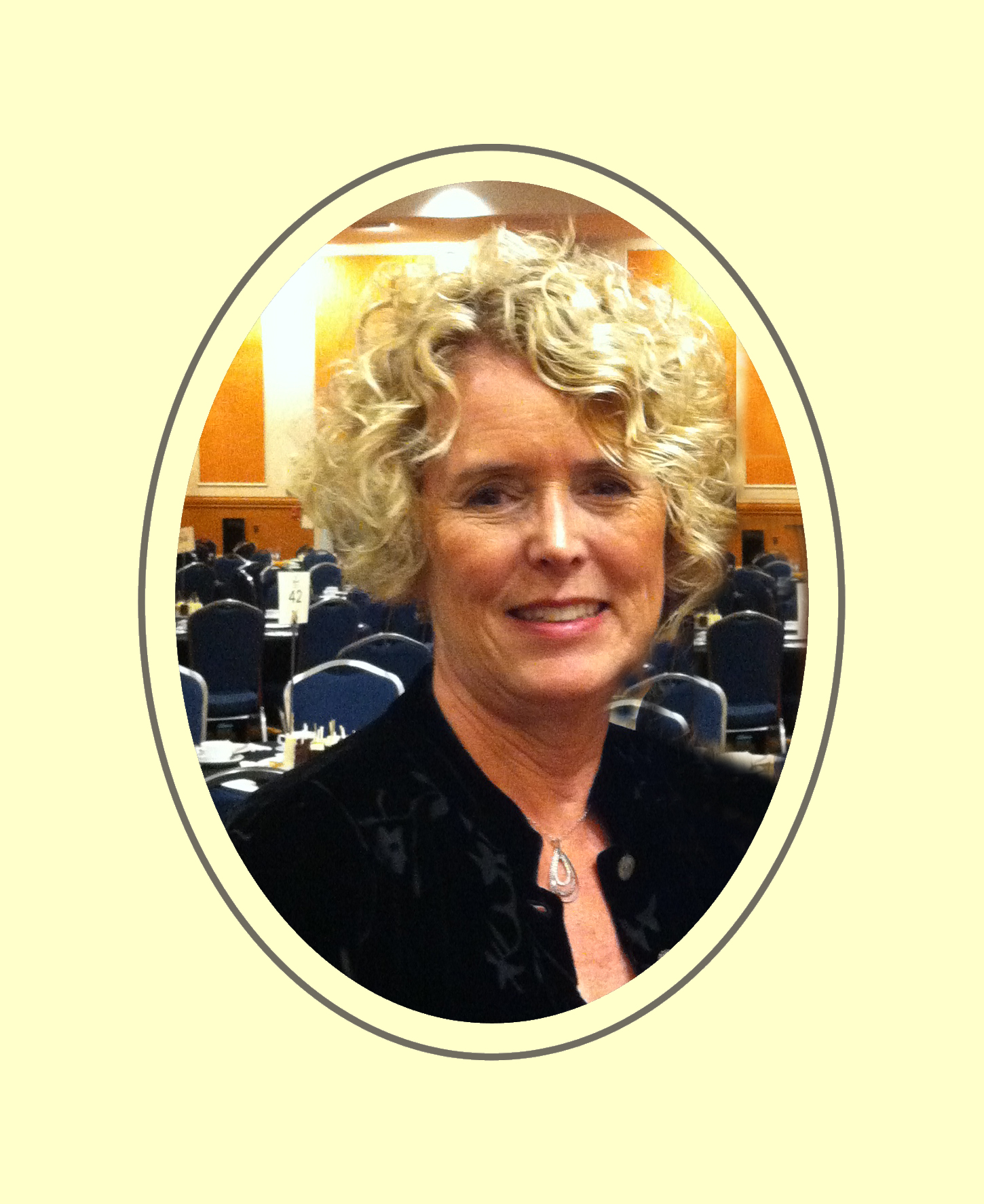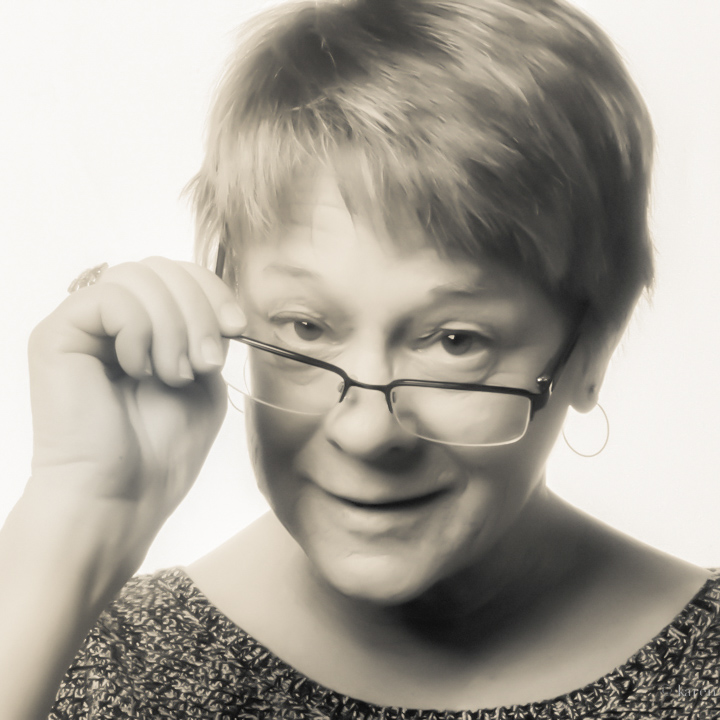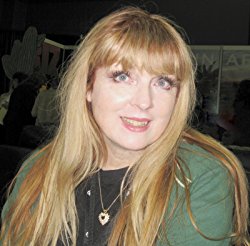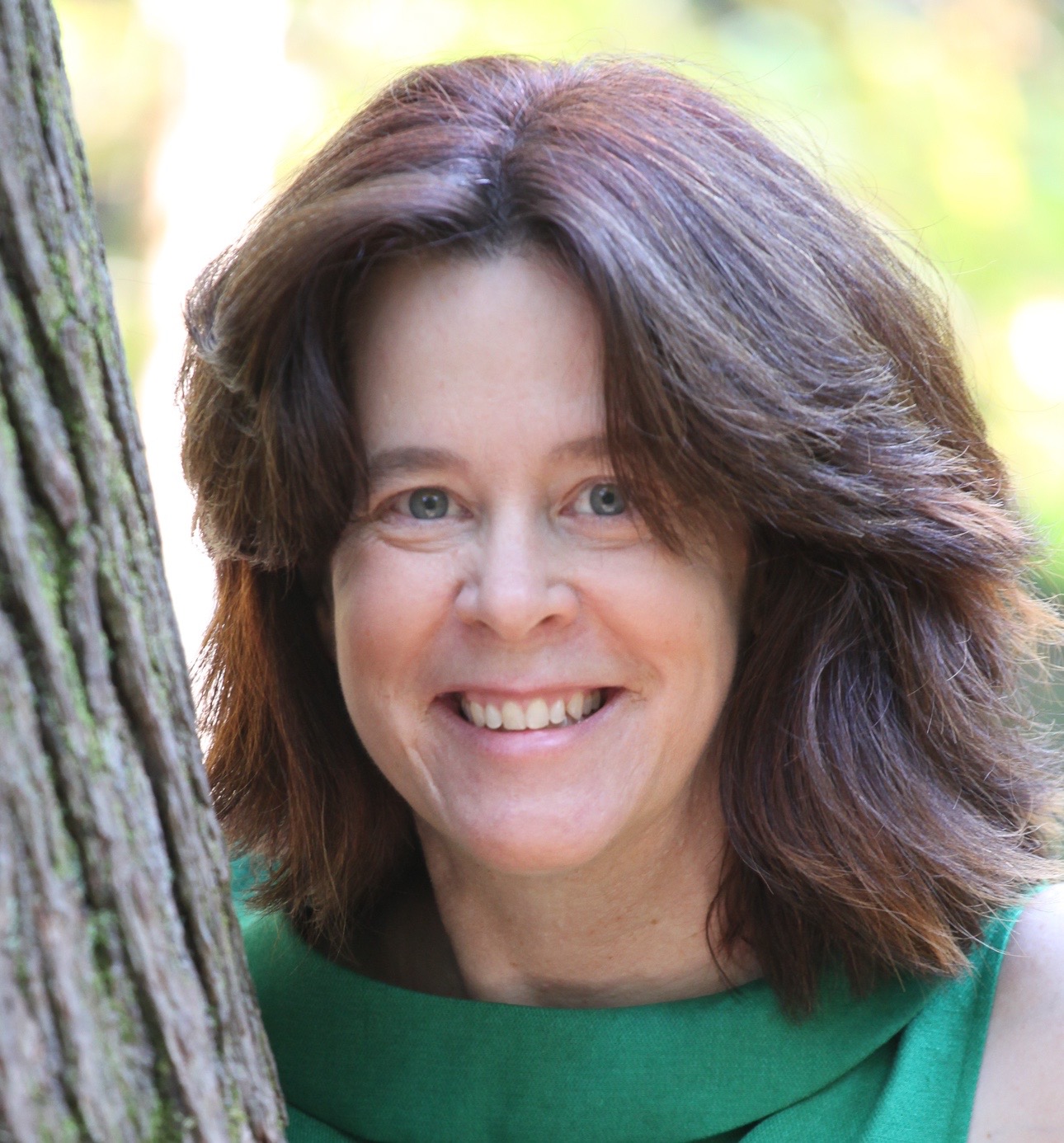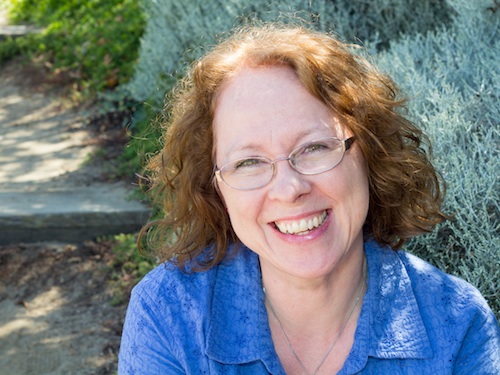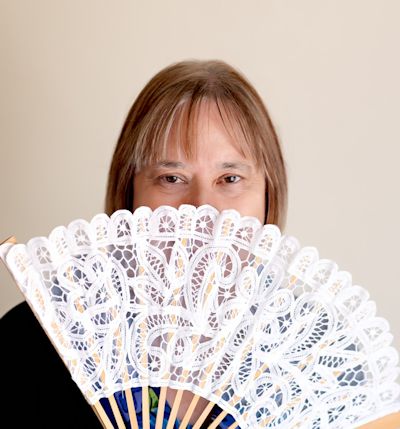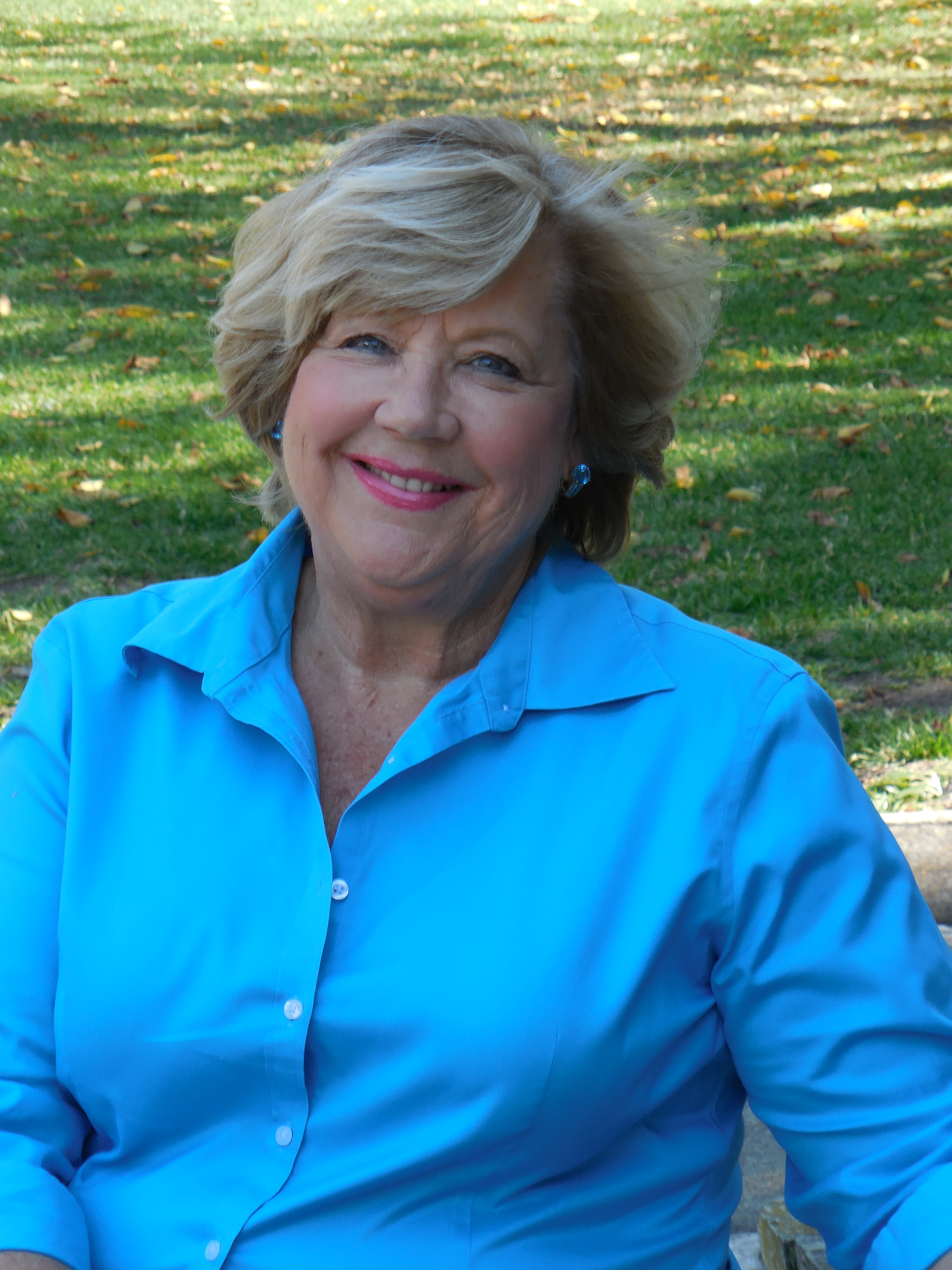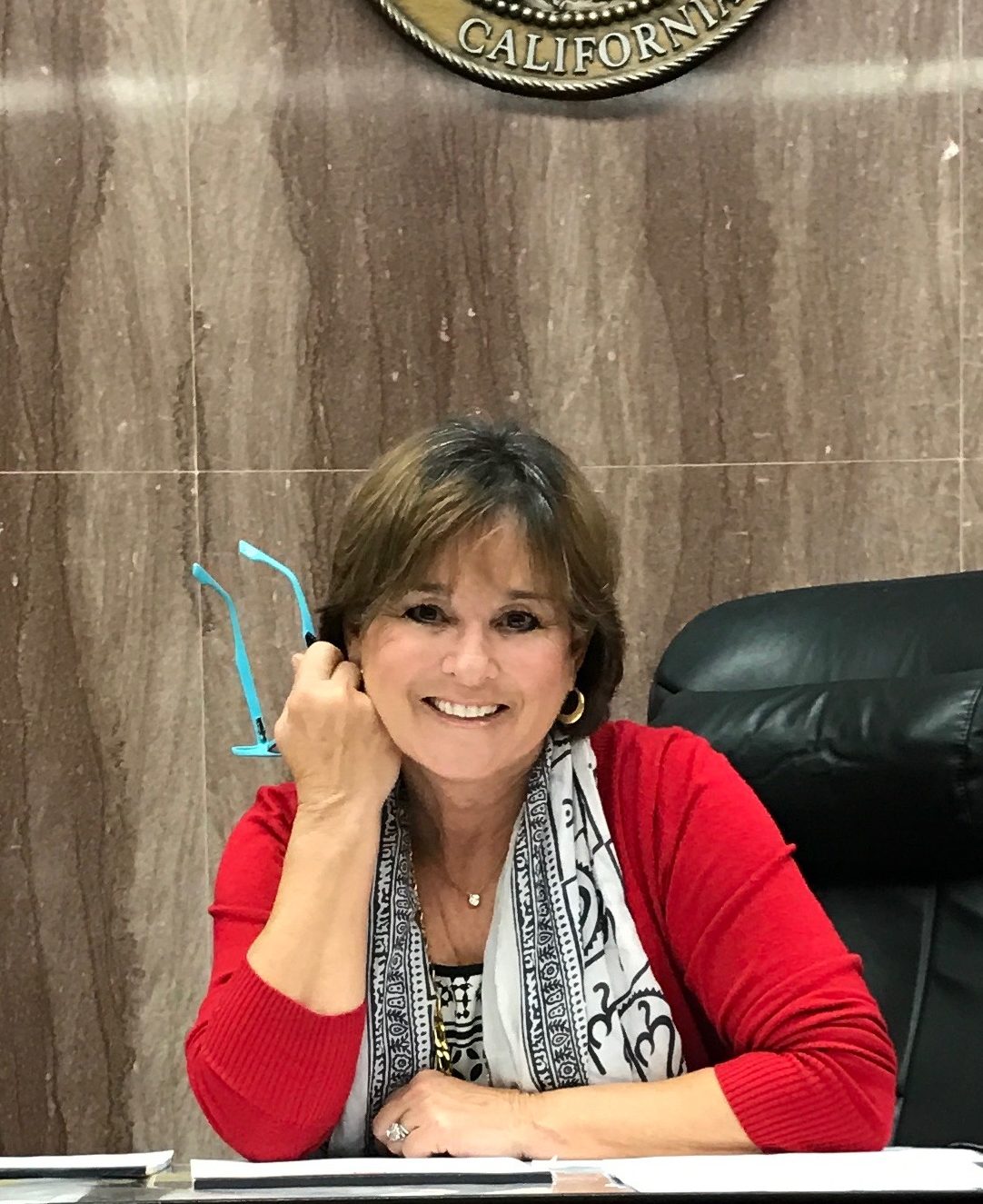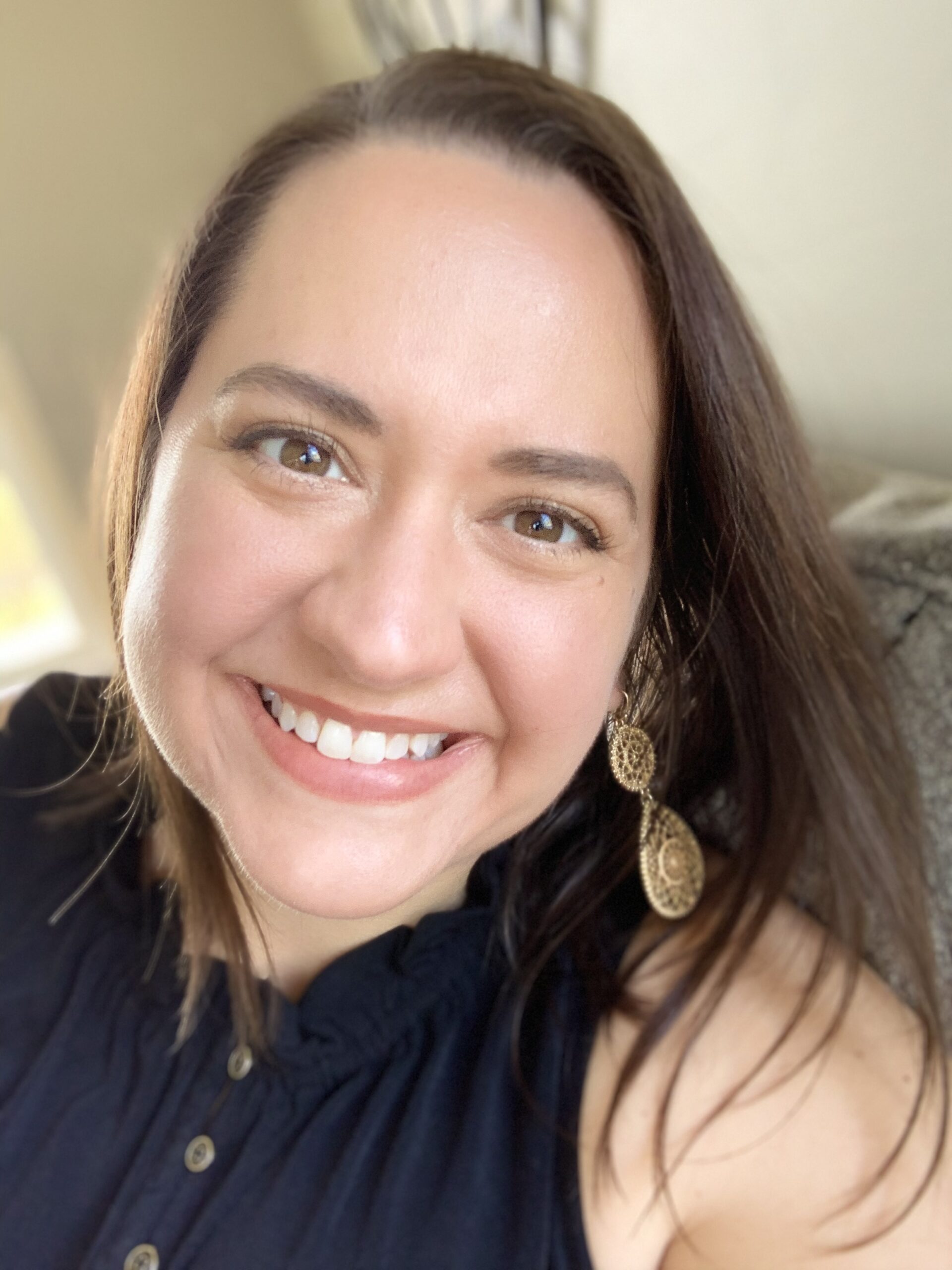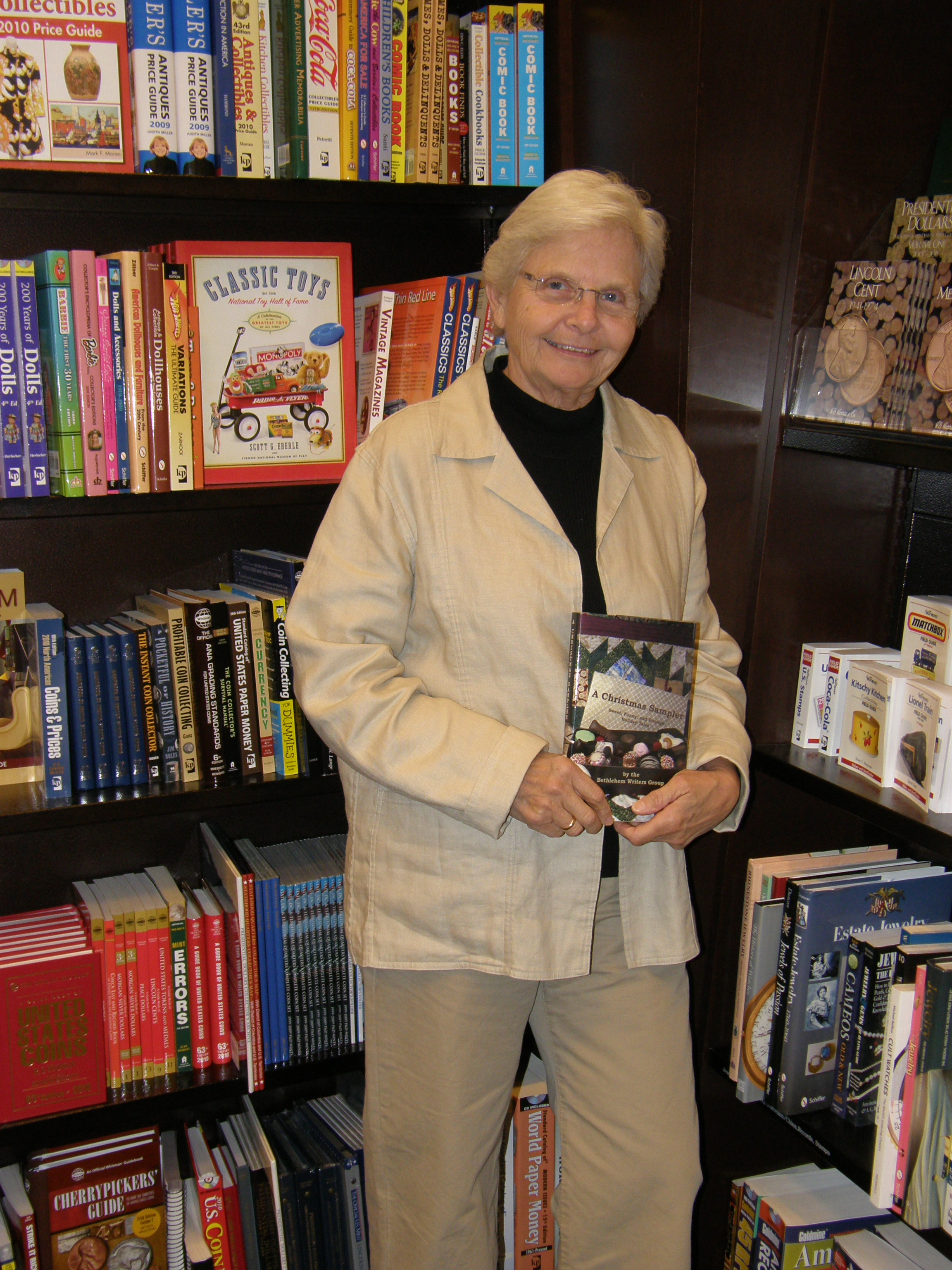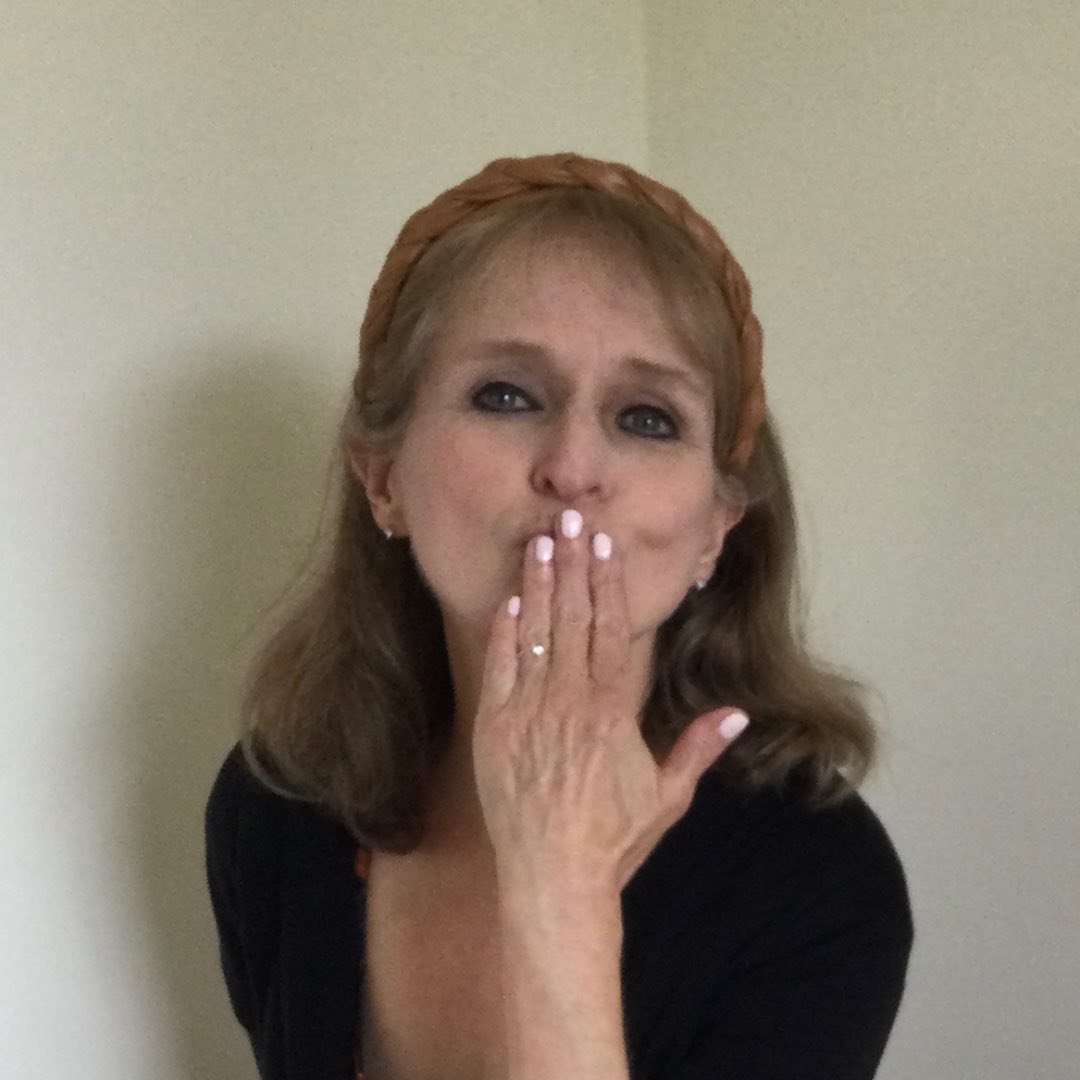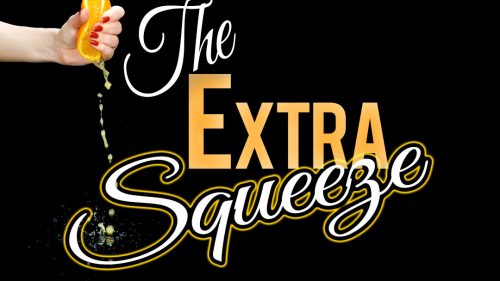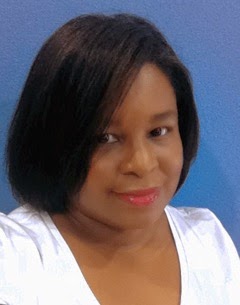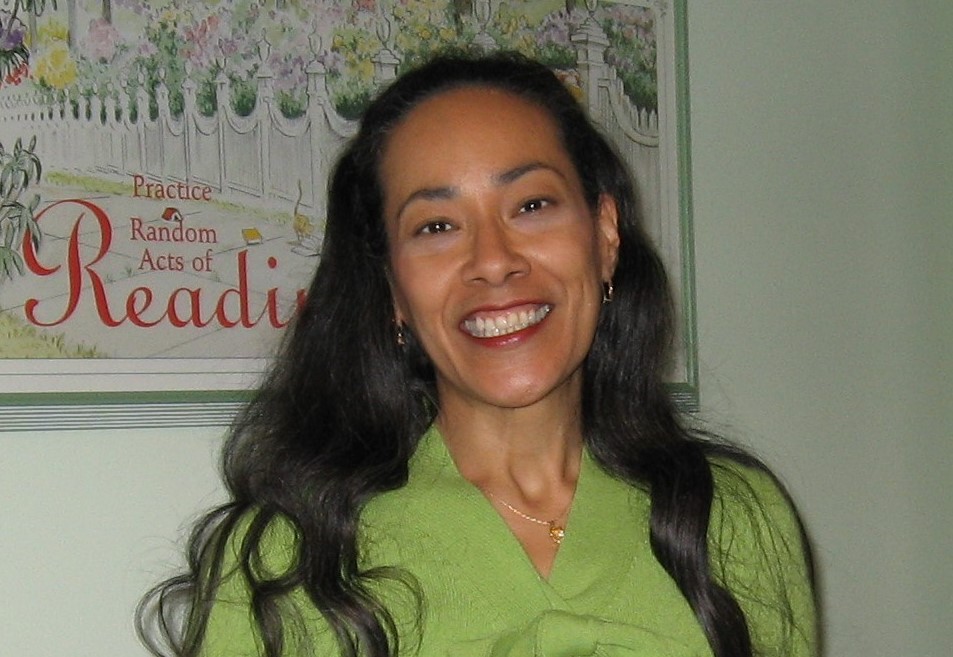How Kindle Scout set me off on the Road to Oz…I mean, Monterra by Jina Bacarr
June 11, 2016 by Jina Bacarr in category Jina’s Book Chat tagged as addiction, Amazon, Authors, books, Civil War, Confessions of a Podcast Goddess, historical, Kindle, Kindle Press, kindle scout, Kindle Unlimited, magic, recovery, romance, royal, time travel, Writer, writingHave you ever slipped on a pair of shoes that fit perfectly?
Soft, dreamy leather. Straps not too tight.
Heels not too high. You don’t want to feel like you’re about to go over a cliff.
I have.
And get this, it’s a glass slipper.
When I entered my Civil War time travel romance, LOVE ME FOREVER, in the Kindle Scout program*** I didn’t realize there was a technicolor ending in my future.
I went to Oz.
I mean, Monterra.
When Sariah Wilson asked romance KS winners if we’d like to write in her Royals of Monterra Kindle World, I jumped at the chance. I love princess stories (check out my Princess video!) I wrote ROYAL DARE about Princess Violetta, who appears in Sariah’s ROYAL DATE. Violetta has a drug problem so I sent her to rehab. But getting clean ain’t easy…even for a princess
Can she make it through rehab?
One of the most rewarding aspects of writing Royal Dare is the fact that several addiction recovery
sites have discovered the novel and follow me on Twitter. I hope Violetta’s story encourages those who need help to seek it out.
I loved writing in Sariah’s KW so much, I decided to write another story, but on a much lighter subject.
Magic.
ROYAL MAGIC will launch with Sariah’s next Royals of Monterra book, ROYAL GAMES.
Royal Magic is the story of a girl from South Philly with a dream to become an aerial silks performer, but there’s a dark secret in her past that keeps her from her goal.
Until she’s invited to perform at the arts festival in the kingdom of Monterra for the royal family in Fairy Tales & Magic: Magic, Music & Monterran Cuisine. There she meets a handsome, mysterious magician who’s not what he seems…
Royal Magic will launch along with Sariah’s Royal Games and new Royals of Monterra stories from other talented writers on July 8th!’
I’m almost finished with the cover, so I’ll update this page as we get closer to the launch.
I’m enjoying my road trip to Monterra and plan to do more Royals of Monterra books after Royal Magic. And to think it all started with Kindle Scout…
~Jina
***You can read my previous posts about my experience with the Kindle Scout program by clicking on Part 1, Part 2, Part 3, Part 4, and Part 5
The Princess and the Stilettos for Valentine’s Day from Jina Bacarr on Vimeo.
The Princess and the Magic Shamrock for St. Patrick’s Day from Jina Bacarr on Vimeo.
Website: www.jinabacarr.com
Blog: www.jinabacarr.wordpress.com
================
https://twitter.com/JinaBacarr
www.pinterest.com/jbacarr
https://instagram.com/jinabacarr/
https://vimeo.com/user216350
Vintage Perfumes: The Fragrances That Defined Each Decade by Connie Vines
May 13, 2016 by A Slice of Orange in category Archives tagged as Chanel#5, Coco Chanel, com, Connie Vines, fashion, novelsbyconnievines, OCC RWA, perfume, Vintage, writingNothing can transport you back in time like a fragrance. They say that your sense of smell is the most powerful and evocative sense, and it’s true: Emeraude reminds me of my mother, Quorum my husband, and Halston Z-14 reminds me of my teens and guys who bathed in a cologne—rather than indulging in a spritz or two.
“A woman who doesn’t wear perfume has no future.†– Coco Chanel
This may have been a dramatic overstatement, however, when I was in the business of selling perfume, quotes such as these, gave women confidence when she entered a room! And Chanel No. 5 is one of the most popular fragrances of all time, a bottle of it is sold every 30 seconds (this includes me ïŠ, too).
Coco Chanel also stated that women should wear perfume wherever they hoped to be kissed. Wise words indeed – please note that this does not mean ‘layered’ in perfume, as perfume counter girls armed with spray bottles will advise you. No one should be able to smell your perfume unless they’re that little bit closer than is polite, then it should be something delicious and intoxicating.
Whilst researching which perfumes were popular over the decades I was surprised how many of these I’ve actually owned. Over the years, I’ve tried Anais Anais, Shalimar, Opium, Poison, Red, and Patou 1000 before I finally settled on Chanel No. 5. Of course, I selected one of the most expensive perfumes on the market, but I guess there is a good reason why it’s been a bestseller since it was launched in 1921!
Vintage Perfumes: The Fragrances that Defined Each Decade
It’s surprising how many of these perfumes are still best sellers even now, but then why would they go out of fashion?
Popular Perfumes in the 1920s.
Chanel No. 5, launched in 1921, was an immediate success even though it was the preserve of the rich at this time. Famously worn by Marilyn Monroe, the square bottle design was rumored to been inspired by the design of a whiskey decanter.
Guerlain’s Shalimar launched first in 1925. It is one of the most popular fragrances of all time and was said to be inspired by Mumtaz Mahal, the women for whom the Taj Mahal was built. The perfume was named after the Gardens of Shalimar in Lahore, Pakistan, which were also built for her.
Popular Perfumes in the 1930s.
Tabu by Dana Fragrances which were popular in the 1930s included Tabu by Dana (a sexy evening perfume), which was launched in 1932 and Je Reviens by House of Worth, both of which remain available today.
In 1934 Elizabeth Arden developed Blue Grass.
Perhaps the most notable perfume of the 1930s was Joy by Jean Patou, voted Scent of the 20th Century at the Fragrance Foundation FiFi awards in 2000. It was created in 1929 (the year of the Wall Street Crash) and even though it was marketed as ‘the world’s most expensive perfume’, it was a huge hit. It is also considered to be one of the greatest floral fragrances of all time.
Popular Perfumes in the 1940s.
L’Air du Temps by Nina Ricci (in a pretty glass bottle with a bottle stopper fashioned as two doves). After the war lighter and fresher perfumes became more popular, one of which was the still-popular Miss Dior by Christian Dior in 1947
Popular Perfumes in the 1950s.
Femme de Rochas was a rich, sultry perfume aimed at the femme fatale created in 1944.
Arpege by Lanvin is a floral romantic perfume, created in 1927, but became particularly popular during the 1950s.
Max Factor’s Hypnotique and Primitif (as advertised by Jean Patchett above) were popular and an affordable perfume for the masses compared to the fragrances by the big fashion houses.
Soir de Paris by Bourjois was a popular fragrance amongst teenagers during the 1950s. It was discontinued in 1969, but relaunched in 1992
Popular Perfumes in the 1960s.
Oh! de London by Tuvache, YSL Rive Gauche was a popular 1960s scent
Hubert de Givenchy created L’Interdit for Audrey Hepburn and she wore the perfume for many years before it was released to the public in 1957. She featured in the adverts for L’Interdit throughout the 1960s.
Tuvache’s Oh! de London is a bright sparkling scent which perfectly captured the mood of the swinging sixties.
Guerlain introduced the heady oriental scent Chamade in 1969.
Popular Perfumes in the 1970s.
Charlie by Revlon and Diorella by Christian Dior, a perfume for the independent woman who has everything, were both very popular.
Opium by Yves Saint Laurent, launched in 1977, and was a heady, rich oriental evening perfume.
Christian Dior released the classic perfume Diorella, which combines citrus and musky notes.
Anais Anais by Cacharel, launched in 1978 and was an immediate hit (my brother gave this to me as a Christmas Gift).
Did I list one of your favorite perfumes?
Or, perhaps a fragrance you’ve never dared to try?
Perfuming is an art. Indulge your senses, enjoy the fragrance—it’s mystical, it’s magical, is the new youïŠ.
Happy Reading,
Connie Vines
Cinderella’s Holiday Deal: My Kindle Scout Experience Part 6
November 11, 2015 by A Slice of Orange in category Archives tagged as Amazon, Authors, books, Civil War, Confessions of a Podcast Goddess, cookbook, food, historical, Kindle, Kindle Press, kindle scout, Kindle Unlimited, romance, time travel, Writer, writingYou can read my previous posts about my experience with the Kindle Scout program by clicking on Part 1, Part 2, Part 3, Part 4, and Part 5
And the Kindle Scout benefits just keep on coming…
Cinderella is a smart shopper and she loves a deal.
Especially from Amazon.
Amazon loves to promote their Kindle Scout winners (officially Kindle Press or KP Authors). I’ve seen my fellow authors show up on Kindle Daily Deals, as the lead book in emails, and earning that coveted “#1 Best Seller” Orange Banner.
Wow.
This month until November 30th, my Kindle Scout book, LOVE ME FOREVER is an Amazon Holiday Deal! The discounted price is $1.99. Check out my video below:
Love Me Forever is on sale for $1.99 — A Civil War time travel romance from Jina Bacarr on Vimeo.
Another benefit is the wonderful support you receive from the other authors.
I’m so proud to be a Kindle Scout Winner and Kindle Press Author — a big bonus for me was meeting and hanging out with the other winners.
Such a talented, witty group — and good cooks, too!
So a bunch of us decided to cook our books. We’ve just released a FREE anthology of recipes:
KP Authors (Kindle Press Authors) Cook Their Books.
I hope you enjoy our recipes. Mine are from LOVE ME FOREVER.
You can read an excerpt from my book along with a fun chat with my heroines, Liberty and Pauletta Sue.
~Jina
=============
Website: www.jinabacarr.com
Blog: www.jinabacarr.wordpress.com
================
https://twitter.com/JinaBacarr
www.pinterest.com/jbacarr
https://instagram.com/jinabacarr/
https://vimeo.com/user216350
Cinderella’s Holiday Deal: My Kindle Scout Experience Part 6
November 11, 2015 by A Slice of Orange in category Archives tagged as Amazon, Authors, books, Civil War, Confessions of a Podcast Goddess, cookbook, food, historical, Kindle, Kindle Press, kindle scout, Kindle Unlimited, romance, time travel, Writer, writingYou can read my previous posts about my experience with the Kindle Scout program by clicking on Part 1, Part 2, Part 3, Part 4, and Part 5
And the Kindle Scout benefits just keep on coming…
Cinderella is a smart shopper and she loves a deal.
Especially from Amazon.
Amazon loves to promote their Kindle Scout winners (officially Kindle Press or KP Authors). I’ve seen my fellow authors show up on Kindle Daily Deals, as the lead book in emails, and earning that coveted “#1 Best Seller” Orange Banner.
Wow.
This month until November 30th, my Kindle Scout book, LOVE ME FOREVER is an Amazon Holiday Deal! The discounted price is $1.99. Check out my video below:
Love Me Forever is on sale for $1.99 — A Civil War time travel romance from Jina Bacarr on Vimeo.
Another benefit is the wonderful support you receive from the other authors.
I’m so proud to be a Kindle Scout Winner and Kindle Press Author — a big bonus for me was meeting and hanging out with the other winners.
Such a talented, witty group — and good cooks, too!
So a bunch of us decided to cook our books. We’ve just released a FREE anthology of recipes:
KP Authors (Kindle Press Authors) Cook Their Books.
I hope you enjoy our recipes. Mine are from LOVE ME FOREVER.
You can read an excerpt from my book along with a fun chat with my heroines, Liberty and Pauletta Sue.
~Jina
=============
Website: www.jinabacarr.com
Blog: www.jinabacarr.wordpress.com
================
https://twitter.com/JinaBacarr
www.pinterest.com/jbacarr
https://instagram.com/jinabacarr/
https://vimeo.com/user216350
Cinderella’s Happily Edit After: My Kindle Scout Experience Part 3 by Jina Bacarr
July 11, 2015 by Jina Bacarr in category Jina’s Book Chat tagged as Amazon, author, books, Cinderella, Civil War, Confessions of a Podcast Goddess, editing, glass slipper, historical, Kindle Press, kindle scout, prince, princess, romance, time travel, Writer, writing(You can read my previous posts about my experience with the Kindle Scout program by clicking on Part 1 and Part 2.)
Remember when Cinderella was all aflutter getting ready for the ball? Her fairy godmother shows up and poof! Cindy has a gorgeous gown, a carriage, and the sexiest pair of glass slippers. Next, she meets the prince, loses her slipper, gets it back, and marries the handsomest man in the land.
Then comes a reality check.
Cindy is a princess with a hundred and fifty room castle to manage, servants galore, royal obligations, and a demanding mother-in-law who can’t wait to show her off at high teas.
First, she must learn how to be a princess.
Kinda like putting out a good book. It’s a lot of work. Period.
After my 30-day campaign with Kindle Scout for LOVE ME FOREVER, my Civil War time travel romance, being on and off the Hot and Trending list, then waiting to see if I made the cut, came my reality check.
Edits.
Most writers would rather clean bathrooms for a week than open the Editorial Letter.
I was shaking in my slippers when mine came. I worked more than two years on LOVE ME FOREVER, getting the research right, the romance, settings. Not an easy task. My story is over 150,000 words.
Which brings me to one of my favorite things about Kindle Scout: the Kindle Press Team. With everyone jumping into the self-publishing arena, it’s easy to want to write, write, write and get it out there. Do-it-yourself, especially if you’ve been writing for a long time. I can wrap my head around a story pretty well. I’ve written several novels for trad publishers, non-fiction books, kids’ TV scripts, and plenty of magazine columns and stories.
But no writer is an island.
A good editor is as important as Cinderella’s fairy godmother. She/he can wave their magic wand and give you that extra spin on your book, make you dig deeper, cut excess. One thing that drew me to the Kindle Scout program was the idea of receiving editorial input.
I wasn’t disappointed. The editorial guidance at Kindle Scout/Kindle Press is awesome.
I’m thrilled to say that my editor at Kindle Press was thorough, gave excellent suggestions, made me think, and complimented me along the way when she particularly liked something. She’s definitely one of the best editors I’ve ever had. The turnaround was quick: a week to complete the edits. I admit I hardly slept and I maxed out the balance on my Starbucks gold card, but the KP Team gave me a heads up three weeks before as to exactly what day to expect the email with the attached files and they delivered.
So here we are at a new juncture in my Kindle Scout experience. Edits done; book in production.
Preorder begins: July 13, 2015.
On Sale at Amazon: July 28, 2015.
Am I nervous? You bet I am. I put my heart and soul into this story, laughed and cried with my characters every step of the way. I’m anxious to get it out there. But the best part is, I feel confident that as part of the Kindle Scout program, LOVE ME FOREVER is the best it can be.
~Jina
Website: www.jinabacarr.com
Blog: www.jinabacarr.wordpress.com
Next month: Part 4: what happens when my Kindle Scout book, LOVE ME FOREVER, goes on sale.
================
0 0 Read moreAffiliate Links
A Slice of Orange is an affiliate with some of the booksellers listed on this website, including Barnes & Nobel, Books A Million, iBooks, Kobo, and Smashwords. This means A Slice of Orange may earn a small advertising fee from sales made through the links used on this website. There are reminders of these affiliate links on the pages for individual books.
Search A Slice of Orange
Find a Column
Archives
Featured Books
THE CHRISTMAS WISH
Will Eve find it’s possible that Christmas wishes aren’t only for little girls?
More info →TEMPTED BY A TEXAN
Her Knight In Shining Armor Came Armed With A Colt .45
More info →Newsletter
Contributing Authors
Search A Slice of Orange
Find a Column
Archives
Authors in the Bookstore
- A. E. Decker
- A. J. Scudiere
- A.J. Sidransky
- A.M. Roark
- Abby Collette
- Alanna Lucus
- Albert Marrin
- Alice Duncan
- Alina K. Field
- Alison Green Myers
- Andi Lawrencovna
- Andrew C Raiford
- Angela Pryce
- Aviva Vaughn
- Barbara Ankrum
- Bethlehem Writers Group, LLC
- Carol L. Wright
- Celeste Barclay
- Christina Alexandra
- Christopher D. Ochs
- Claire Davon
- Claire Naden
- Courtnee Turner Hoyle
- Courtney Annicchiarico
- D. Lieber
- Daniel V. Meier Jr.
- Debra Dixon
- Debra H. Goldstein
- Debra Holland
- Dee Ann Palmer
- Denise M. Colby
- Diane Benefiel
- Diane Sismour
- Dianna Sinovic
- DT Krippene
- E.B. Dawson
- Emilie Dallaire
- Emily Brightwell
- Emily PW Murphy
- Fae Rowen
- Faith L. Justice
- Frances Amati
- Geralyn Corcillo
- Glynnis Campbell
- Greg Jolley
- H. O. Charles
- Jaclyn Roché
- Jacqueline Diamond
- Janet Lynn and Will Zeilinger
- Jaya Mehta
- Jeannine Atkins
- Jeff Baird
- Jenna Barwin
- Jenne Kern
- Jennifer D. Bokal
- Jennifer Lyon
- Jerome W. McFadden
- Jill Piscitello
- Jina Bacarr
- Jo A. Hiestand
- Jodi Bogert
- Jolina Petersheim
- Jonathan Maberry
- Joy Allyson
- Judy Duarte
- Justin Murphy
- Justine Davis
- Kat Martin
- Kidd Wadsworth
- Kitty Bucholtz
- Kristy Tate
- Larry Deibert
- Larry Hamilton
- Laura Drake
- Laurie Stevens
- Leslie Knowles
- Li-Ying Lundquist
- Linda Carroll-Bradd
- Linda Lappin
- Linda McLaughlin
- Linda O. Johnston
- Lisa Preston
- Lolo Paige
- Loran Holt
- Lynette M. Burrows
- Lyssa Kay Adams
- Madeline Ash
- Margarita Engle
- Marguerite Quantaine
- Marianne H. Donley
- Mary Castillo
- Maureen Klovers
- Megan Haskell
- Melanie Waterbury
- Melisa Rivero
- Melissa Chambers
- Melodie Winawer
- Meriam Wilhelm
- Mikel J. Wilson
- Mindy Neff
- Monica McCabe
- Nancy Brashear
- Neetu Malik
- Nikki Prince
- Once Upon Anthologies
- Paula Gail Benson
- Penny Reid
- Peter J Barbour
- Priscilla Oliveras
- R. H. Kohno
- Rachel Hailey
- Ralph Hieb
- Ramcy Diek
- Ransom Stephens
- Rebecca Forster
- Renae Wrich
- Roxy Matthews
- Ryder Hunte Clancy
- Sally Paradysz
- Sheila Colón-Bagley
- Simone de Muñoz
- Sophie Barnes
- Susan Kaye Quinn
- Susan Lynn Meyer
- Susan Squires
- T. D. Fox
- Tara C. Allred
- Tara Lain
- Tari Lynn Jewett
- Terri Osburn
- Tracy Reed
- Vera Jane Cook
- Vicki Crum
- Writing Something Romantic
Affiliate Links
A Slice of Orange is an affiliate with some of the booksellers listed on this website, including Barnes & Nobel, Books A Million, iBooks, Kobo, and Smashwords. This means A Slice of Orange may earn a small advertising fee from sales made through the links used on this website. There are reminders of these affiliate links on the pages for individual books.
